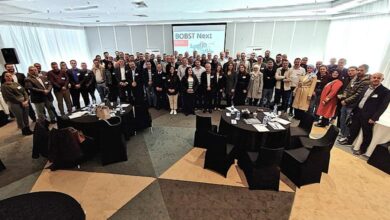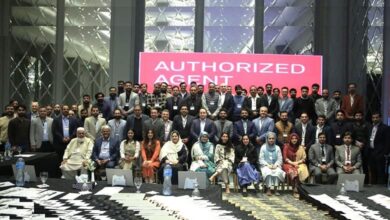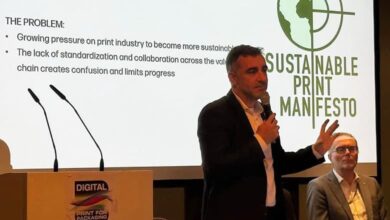Print Pack Arabia And Plastivision Arabia Woo The Food Industry
The third edition of Plastivision Arabia 2016 and second edition of Print Pack Arabia 2016, which will be held simultaneously at Expo Centre Sharjah from February 22 to 25, have also been positioned to attract regional food processors who flock to the UAE for food-related events being held during that time in the country.
“The UAE imports about 85 per cent of its food, and the country is also importing food items, commodities and ingredients and using local resources to repackage and re-export them. The UAE thus becomes not only a trading hub for food but also a place where regional food processors can source their packaging requirements,” said Saif Mohammed Al Midfa, CEO, Expo Centre Sharjah.
The food-related events happening in the UAE during this time attract tens of thousands of executives and decision-makers from food processing units, importers, dealers and distributors from across the country and the region. Industry observers point out that the concurrent Plastivision Arabia & Print Pack Arabia shows will be a boon for them to find the right packaging solutions for their businesses.
Together, Plastivision Arabia and Print Pack Arabia will be featuring some of the latest printing & packaging technology, materials and machinery that offer resilience, hygiene, protection, attractiveness and above all environmental friendliness and value for money.
“The impressive Indian participation and the expanded presence of Taiwanese firms will mostly cater to the processing and packaging sector and thus will be a great opportunity for the regional food industry. The Taiwanese exhibitors will also hold live displays, which will help visitors understand the new technology and decide on their requirements,” added Midfa.
The shows, which are held once in two years, are expected to better the previous edition’s visitor turnout of more than 7,250, given the steady rise in pre-registrations, visitor enquiries and confirmed visits by business delegations. The Hosted Buyers Lounge from Africa has already received assurance of visit by around 200 buyers from Africa.





